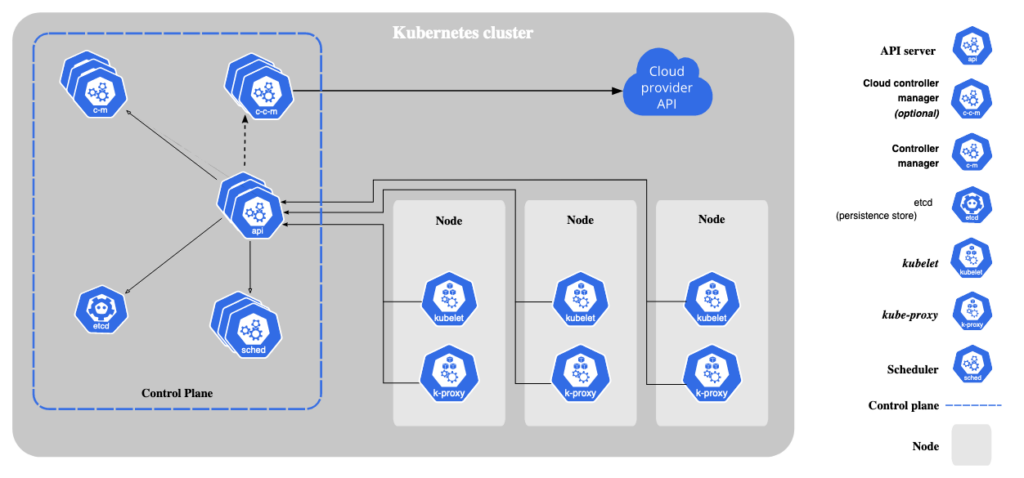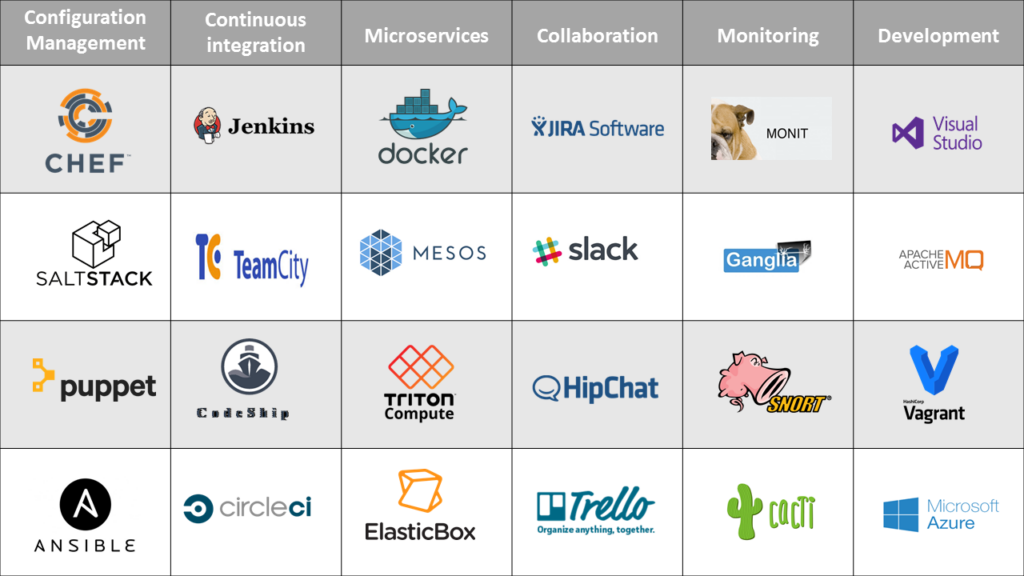Leveraging Automation in Managing Kubernetes Clusters: The Path to Efficient Operation
Automation in managing Kubernetes clusters has burgeoned into an essential practice that enhances efficiency, security, and the seamless deployment of applications. With the exponential growth in containerized applications, automation has facilitated streamlined operations, reducing the room for human error while significantly saving time. Let’s delve deeper into the crucial role automation plays in managing Kubernetes clusters.
The Imperative of Automation in Kubernetes

The Kubernetes Landscape
Before delving into the nuances of automation, let’s briefly recapitulate the fundamental components of Kubernetes, encompassing pods, nodes, and clusters, and their symbiotic relationships facilitating a harmonious operational environment.
The Need for Automation
Automation emerges as a vanguard in managing complex environments effortlessly, fostering efficiency, reducing downtime, and ensuring the optimal utilization of resources.
Efficiency and Scalability
Automation in Kubernetes ensures that clusters can dynamically scale based on the workload, fostering efficiency, and resource optimization.
Reduced Human Error
Automating repetitive tasks curtails the scope of human error, facilitating seamless operations and mitigating security risks.
Cost Optimization
Through efficient resource management, automation aids in cost reduction by optimizing resource allocation dynamically.
Automation Tools and Processes

CI/CD Pipelines
Continuous Integration and Continuous Deployment (CI/CD) pipelines are at the helm of automation, fostering swift and efficient deployment cycles.
pipeline:
build:
image: node:14
commands:
- npm install
- npm test
deploy:
image: google/cloud-sdk
commands:
- gcloud container clusters get-credentials cluster-name --zone us-central1-a
- kubectl apply -f k8s/Declarative Example 1: A simple CI/CD pipeline example.
Infrastructure as Code (IaC)
IaC facilitates the programmable infrastructure, rendering a platform where systems and devices can be managed through code.
apiVersion: v1
kind: Pod
metadata:
name: mypod
spec:
containers:
- name: mycontainer
image: nginxDeclarative Example 2: Defining a Kubernetes pod using IaC.
Configuration Management
Tools like Ansible and Chef aid in configuration management, ensuring system uniformity and adherence to policies.
- hosts: kubernetes_nodes
tasks:
- name: Ensure Kubelet is installed
apt:
name: kubelet
state: presentDeclarative Example 3: Using Ansible for configuration management.
Section 3: Automation Use Cases in Kubernetes
Auto-scaling
Auto-scaling facilitates automatic adjustments to the system’s computational resources, optimizing performance and curtailing costs.
Horizontal Pod Autoscaler
Kubernetes’ Horizontal Pod Autoscaler automatically adjusts the number of pod replicas in a replication controller, deployment, or replica set based on observed CPU utilization.
apiVersion: autoscaling/v2beta2
kind: HorizontalPodAutoscaler
metadata:
name: myapp-hpa
spec:
scaleTargetRef:
apiVersion: apps/v1
kind: Deployment
name: myapp
minReplicas: 1
maxReplicas: 10
metrics:
- type: Resource
resource:
name: cpu
target:
type: Utilization
averageUtilization: 50Declarative Example 4: Defining a Horizontal Pod Autoscaler in Kubernetes.
Automated Rollouts and Rollbacks
Kubernetes aids in automated rollouts and rollbacks, ensuring application uptime and facilitating seamless updates and reversions.
Deployment Strategies
Deployment strategies such as blue-green and canary releases can be automated in Kubernetes, facilitating controlled and safe deployments.
apiVersion: apps/v1
kind: Deployment
metadata:
name: myapp
spec:
strategy:
type: RollingUpdate
rollingUpdate:
maxSurge: 25%
maxUnavailable: 25%
selector:
matchLabels:
app: myapp
template:
metadata:
labels:
app: myapp
spec:
containers:
- name: myapp
image: myapp:v2Declarative Example 5: Configuring a rolling update strategy in a Kubernetes deployment.
Conclusion: The Future of Kubernetes with Automation
As Kubernetes continues to be the front-runner in orchestrating containerized applications, the automation integral to its ecosystem fosters efficiency, security, and scalability. Through a plethora of tools and evolving best practices, automation stands central in leveraging Kubernetes to its fullest potential, orchestrating seamless operations, and steering towards an era of self-healing systems and zero-downtime deployments.
In conclusion, the ever-evolving landscape of Kubernetes managed through automation guarantees a future where complex deployments are handled with increased efficiency and reduced manual intervention. Leveraging automation tools and practices ensures that Kubernetes clusters not only meet the current requirements but are also future-ready, paving the way for a robust, scalable, and secure operational environment.
References:
- Kubernetes Official Documentation. Retrieved from https://kubernetes.io/docs/
- Jenkins, CI/CD, and Kubernetes: Integrating CI/CD with Kubernetes (2021). Retrieved from https://www.jenkins.io/doc/book/